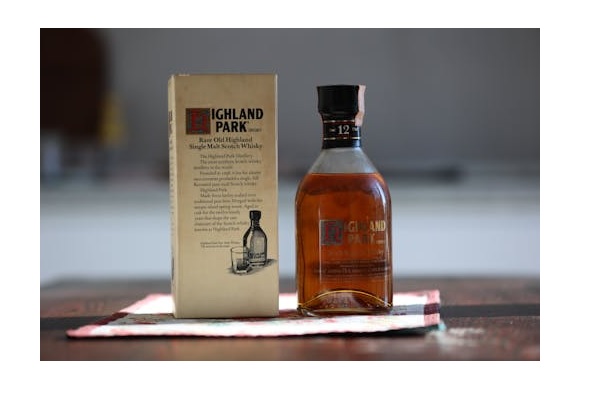Whisky enthusiasts across the globe often agree on one thing: Single Malt Scotch holds a revered place in the world of spirits. Its reputation for depth, complexity, and tradition makes it more than just a drink — it’s a cultural symbol. But what exactly sets it apart from other whiskies? To understand its allure, we must explore its unique production process, heritage, and flavor profile.
The Meaning of Single Malt Scotch
Defining Single Malt
At its core, single malt Scotch is a whisky made from malted barley at a single distillery. The term “single” refers to the distillery, not a single barrel or batch. “Malt” points to the fact that barley, rather than corn or rye, is the primary grain. This combination ensures purity and consistency of character, even though the whisky may be blended from different casks within the same distillery.
Scotch Requirements
For a whisky to be labeled Scotch, it must meet strict legal criteria:
-
Distilled and matured in Scotland
-
Aged in oak casks for at least three years
-
Bottled at no less than 40% ABV
These rules guarantee authenticity and maintain the high standards associated with Scotch.
The Heritage and Craftsmanship Behind It
Centuries of Tradition
The origins of Scotch whisky date back to at least the 15th century. Over time, Scotland’s distilleries perfected techniques that balance innovation with deep-rooted traditions. Each distillery has its own methods for malting, fermentation, distillation, and aging, making every single malt distinctive.
Regional Influence
Scotland is divided into regions, each producing whisky with unique characteristics:
-
Speyside – known for smooth, fruity, and elegant flavors.
-
Islay – famous for smoky, peaty, and bold whiskies.
-
Highlands – diverse, often robust with heather and spice notes.
-
Lowlands – light, grassy, and floral expressions.
-
Campbeltown – salty, maritime, and slightly funky styles.
This regional variety adds to the charm of single malt Scotch, giving connoisseurs a reason to explore and compare.
The Flavor Journey of Single Malt Scotch
Influence of Ingredients
The flavors of single malt Scotch begin with the barley itself. Malting, drying, and sometimes smoking the grain with peat creates a foundation that impacts the final character. The mineral-rich Scottish water also plays a vital role, contributing to the purity and mouthfeel.
The Role of Maturation
Aging in oak casks is one of the defining features of single malt Scotch. The cask type — often American oak, European oak, or sherry-seasoned barrels — profoundly influences the spirit. Over years or even decades, whisky develops layers of vanilla, dried fruit, spice, and smoky notes, depending on the cask.
Complexity in Every Sip
Unlike many spirits designed for consistency, single malt Scotch embraces complexity and nuance. No two releases from the same distillery taste exactly alike, and seasonal variations add to the excitement. For whisky lovers, each dram is a new discovery.
Read More : How to Enjoy Iconic White Whiskey Like a Pro
Why Single Malt Scotch Stands Out
Prestige and Rarity
Single malt Scotch is often viewed as a premium product because of its craftsmanship and aging requirements. Some expressions are rare or limited, making them collector’s items. Legendary distilleries like Macallan, Glenfiddich, and Ardbeg have earned global reputations for excellence.
An Experience, Not Just a Drink
Drinking single malt Scotch is more than simple refreshment. It’s an experience that engages the senses — from nosing the glass to savoring the lingering finish. Enthusiasts often describe tasting Scotch as a journey through history, geography, and artistry.
Global Appreciation
While Scotch is quintessentially Scottish, its fanbase spans continents. From Tokyo bars to New York clubs, single malt Scotch has become a marker of sophistication and appreciation for fine spirits.
Conclusion
What makes single malt Scotch so special is not just its taste, but its story. Each bottle represents centuries of heritage, a unique sense of place, and an intricate process that transforms simple ingredients into liquid art. Whether smoky and peaty or light and floral, single malt Scotch offers an unmatched depth of flavor and a cultural richness that no other spirit can replicate.
For whisky lovers, it isn’t merely about drinking; it’s about celebrating tradition, craftsmanship, and discovery — one dram at a time.
